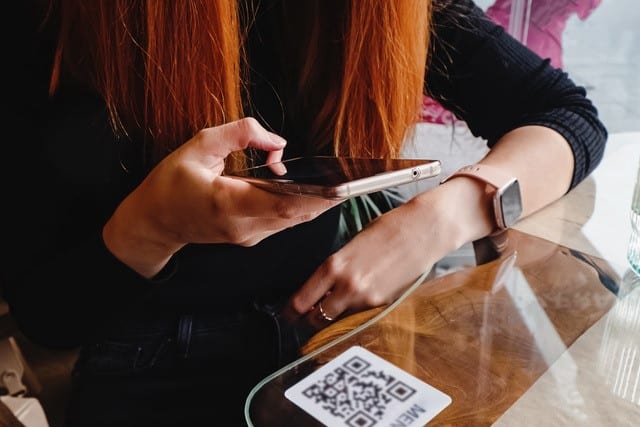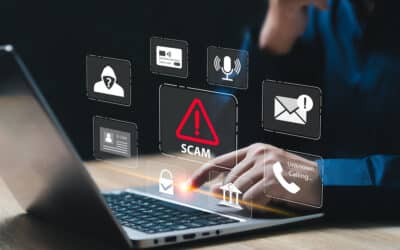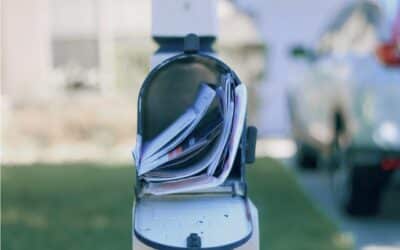Quick response codes also known as QR codes, are everywhere these days. Many restaurants use them for their menus, airlines use them for checking into your flight, and concerts or sporting events for admission tickets. While these codes are more prevalent post-pandemic as a contactless way to do business, they have been around for 30 years. With the increase in QR codes comes the rise in fraudsters. While most codes are safe to scan, it’s important to know what to look for in a fraudulent QR code, the steps you can take to avoid being scammed and what to do if you scan a strange QR code that you suspect has been tampered with.
What Is a QR Code?
A QR code is a unique, two-dimensional bar code that is used to provide easy access to online information through the digital camera on a smartphone or tablet. Anyone can create a QR code by using a variety of free online tools. Real QR codes offer an inexpensive way to enhance business-to-business and business-to-consumer communication, but it can be difficult to tell where they lead without scanning them. So, how do you tell if a QR code is legit and safe to scan? The first step is identifying where you might find a fraudulent QR code and what you need to look for before you scan.
How to Check if a QR Code Is Safe to Scan
Fraudulent QR codes may be found on unsolicited communications or posted in public locations. While the human eye can’t decipher what the QR code is leading to, the placement and content linked to the QR code can give some key insight to help you spot the fraudulent ones. Here are steps you can take to ensure you’re scanning a real, safe QR code.
Look for Signs of Tampering
Has the QR code been altered in some way? For example, if you’re in a restaurant and the QR code for the menu isn’t in the normal spot or it looks as if another sticker with a QR code was placed on top of the original, ask an employee to verify that the code is legitimate or ask for a printed menu.
Double Check the Fine Print
Are there text or design elements around the QR code? With fake QR codes, there may be misspelled words, bad grammar or poor design that doesn’t match the look and feel of the brand.
Inspect the URL
If you’re able to, review the URL before following the QR code. Some QR code readers allow you to preview the URL before going to a website. If the URL contains odd numbers and symbols, seems very short or is unreadable, use extra caution before completing the QR code scan.
Avoid Providing Personal Details
To safeguard your personal information from identity theft, never use a QR code that takes you directly to a page where you are required to enter login information.
Ask Questions if You’re Still Unsure
Make sure you know the company or person you’re receiving the message from. If you receive something in the mail or a communication that looks suspicious and contains a QR code, contact the company or the person by finding their contact details online or reaching out to them directly to confirm what you received is legitimate.
Steps to Take if You Scan a Fake QR Code
Scams can happen to anyone. If you think you’ve scanned a fraudulent code, there are red flags you should look for to keep your personal and financial information safe. Follow the steps below to resecure your devices and personal information and give yourself some peace of mind.
- On the device you scanned with, disconnect from your Wi-Fi or cellular network to break the connection.
- Delete the app you scanned with immediately and ensure your phone has been updated with the latest software.
- If you logged in to anything after scanning the code, change your passwords and usernames to resecure the information. If you don’t have it already, add multi-factor authentication where you can.
- Notify your financial institution that you have fallen for a potential scam that may have compromised some of your personal or financial information.
- Monitor your financial accounts and your credit report.
You can also visit our Cybersecurity Center’s “Been Scammed? Now What” page for more tips.
As part of our marketing efforts at Centris Federal Credit Union, we use QR codes in communications. We will never send you a QR code that takes you directly to your online banking sign-in page. If you ever have a question regarding mailings or communications that come from Centris Federal Credit Union, we encourage you to contact us at 402-334-7000 and speak with one of our member services representatives to confirm the communication details.





